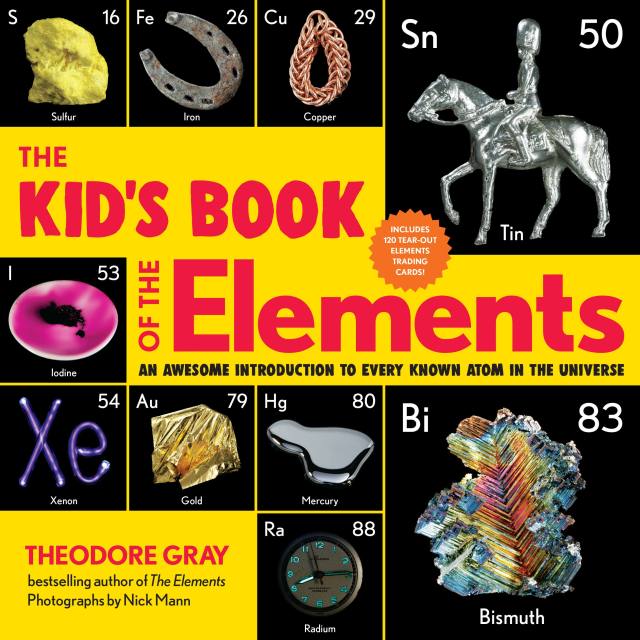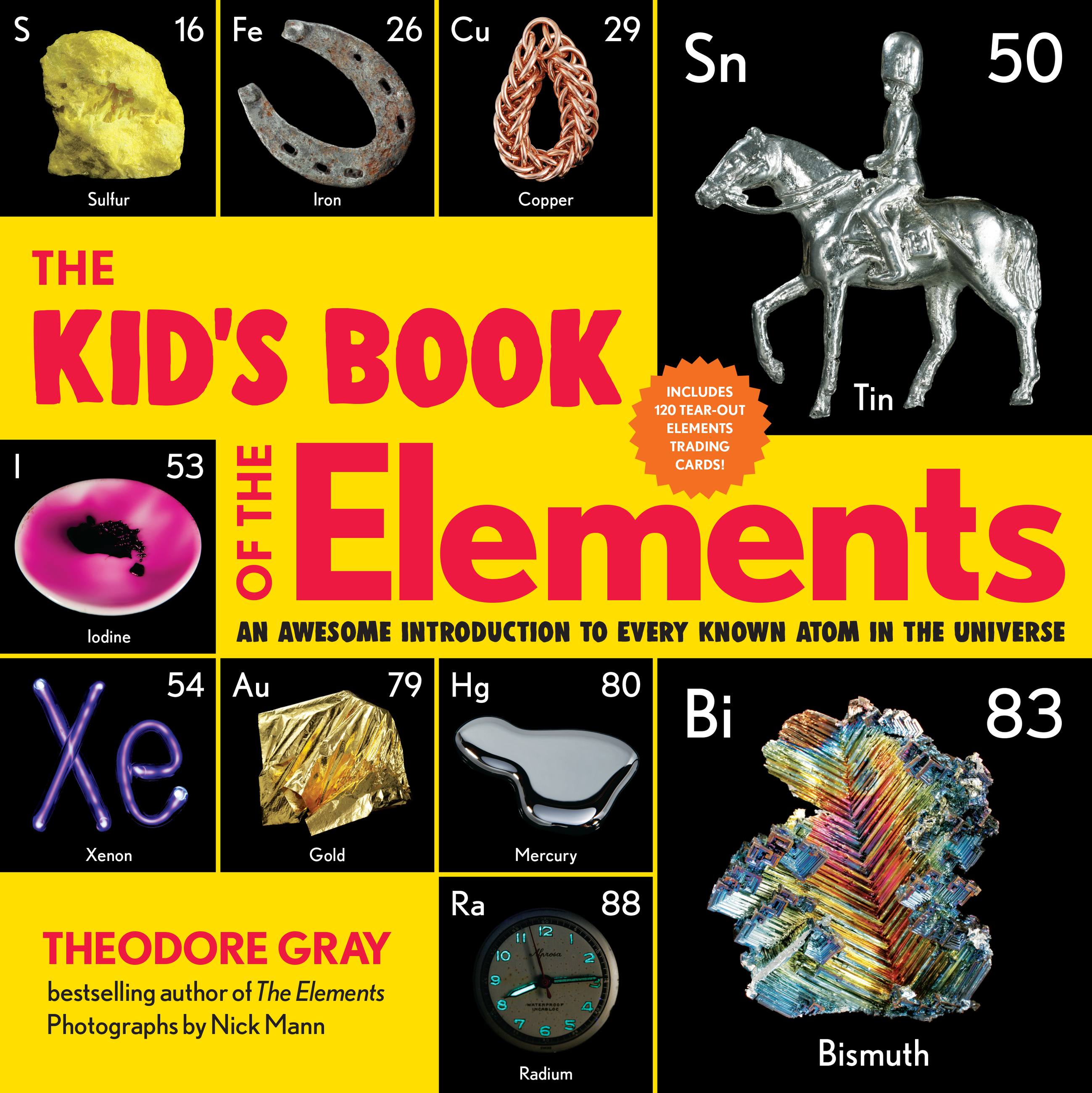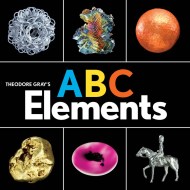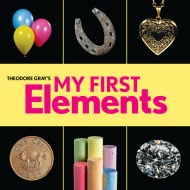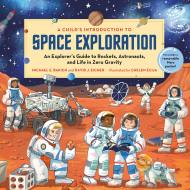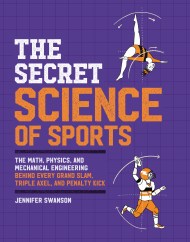Promotion
Use code MOM24 for 20% off site wide + free shipping over $45
The Kid's Book of the Elements
An Awesome Introduction to Every Known Atom in the Universe
Contributors
Formats and Prices
Price
$9.99Price
$12.99 CADFormat
Format:
- ebook $9.99 $12.99 CAD
- Hardcover $17.99 $22.99 CAD
- Trade Paperback $12.99 $16.99 CAD
This item is a preorder. Your payment method will be charged immediately, and the product is expected to ship on or around October 20, 2020. This date is subject to change due to shipping delays beyond our control.
Also available from:
A fun, fascinating, and amazingly photographic exploration of the periodic table, for curious kids who want to understand how atoms and elements make up everything in the universe.
Genre:
- On Sale
- Oct 20, 2020
- Page Count
- 128 pages
- Publisher
- Black Dog & Leventhal
- ISBN-13
- 9780762470792
Newsletter Signup
By clicking ‘Sign Up,’ I acknowledge that I have read and agree to Hachette Book Group’s Privacy Policy and Terms of Use
